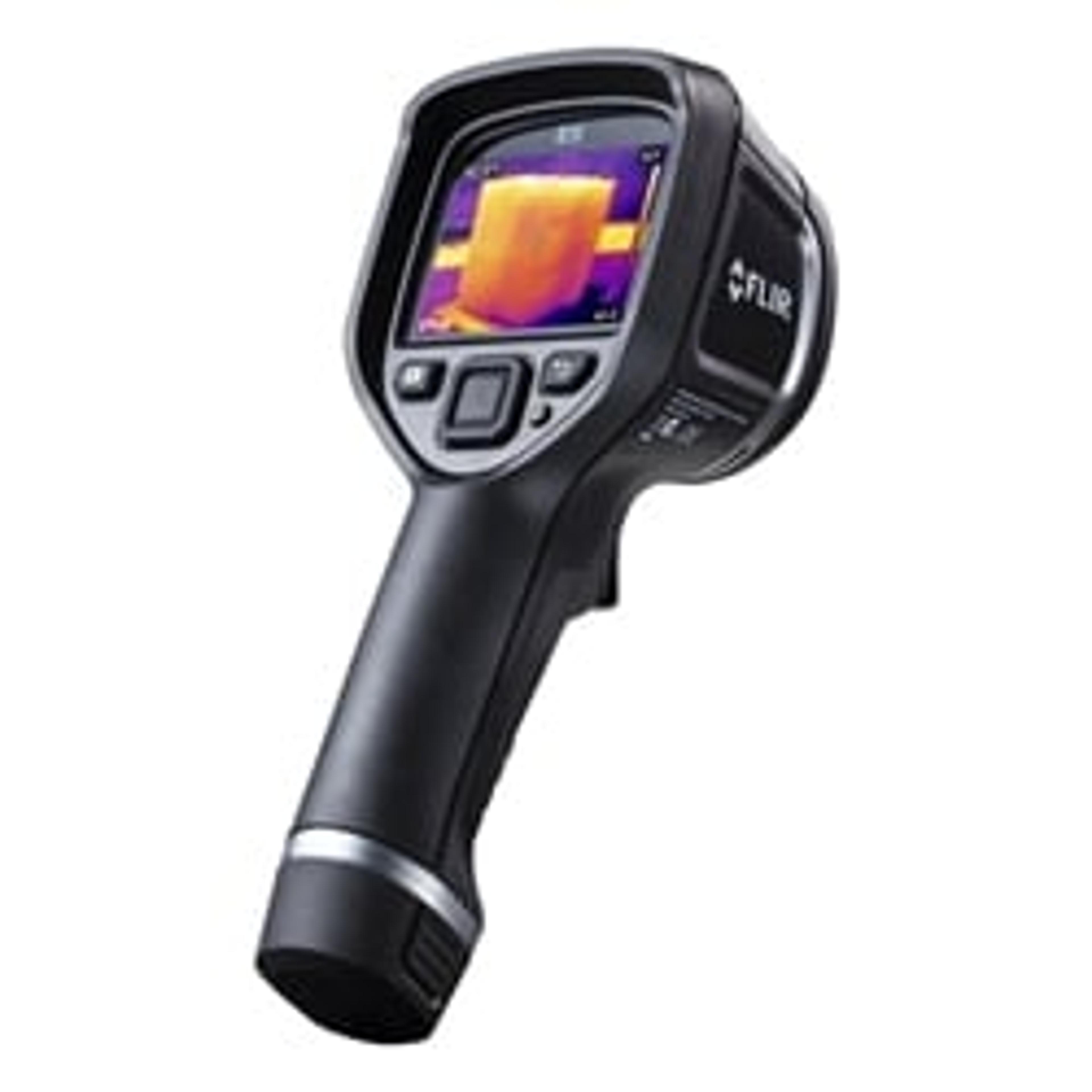Thermal imaging to take the heat out of the coronavirus crisis
FLIR Systems' infrared thermal cameras are designed to detect elevated body temperatures and mitigate the spread of the virus
19 Apr 2020
FLIR Systems reports how its thermal cameras have a long history of being used in public spaces as an effective frontline screening tool to non-invasively measure skin surface temperature and identify individuals with Elevated Body Temperature (EBT).
In light of the global coronavirus (COVID-19) pandemic, society is deeply concerned about the spread of this infection and is seeking tools to help slow and ultimately stop the spread of the virus. Although no thermal cameras can detect or diagnose the coronavirus, FLIR cameras can be used as an adjunct to other body temperature screening tools for detecting elevated skin temperature in high-traffic public places through quick individual screening.
If the temperature of the skin in key areas (especially the corner of the eye and forehead) is above average temperature, then the individual may be selected for additional screening. Identifying individuals with EBT, who should then be further screened with virus-specific diagnostic tests, can help reduce or dramatically slow the spread of viruses and infections.
Airports around the world are actively employing FLIR thermal cameras as part of their screening measures for passengers and flight crews. The screening procedures implemented at airports and in other public places are just the first step when it comes to detecting a possible infection. FLIR thermal cameras provide a quick way to screen for anyone who might be sick, and must always be followed up with further screening before authorities decide to quarantine a person.
Want more of the latest science news straight to your inbox? Become a member of SelectScience for free today>>

